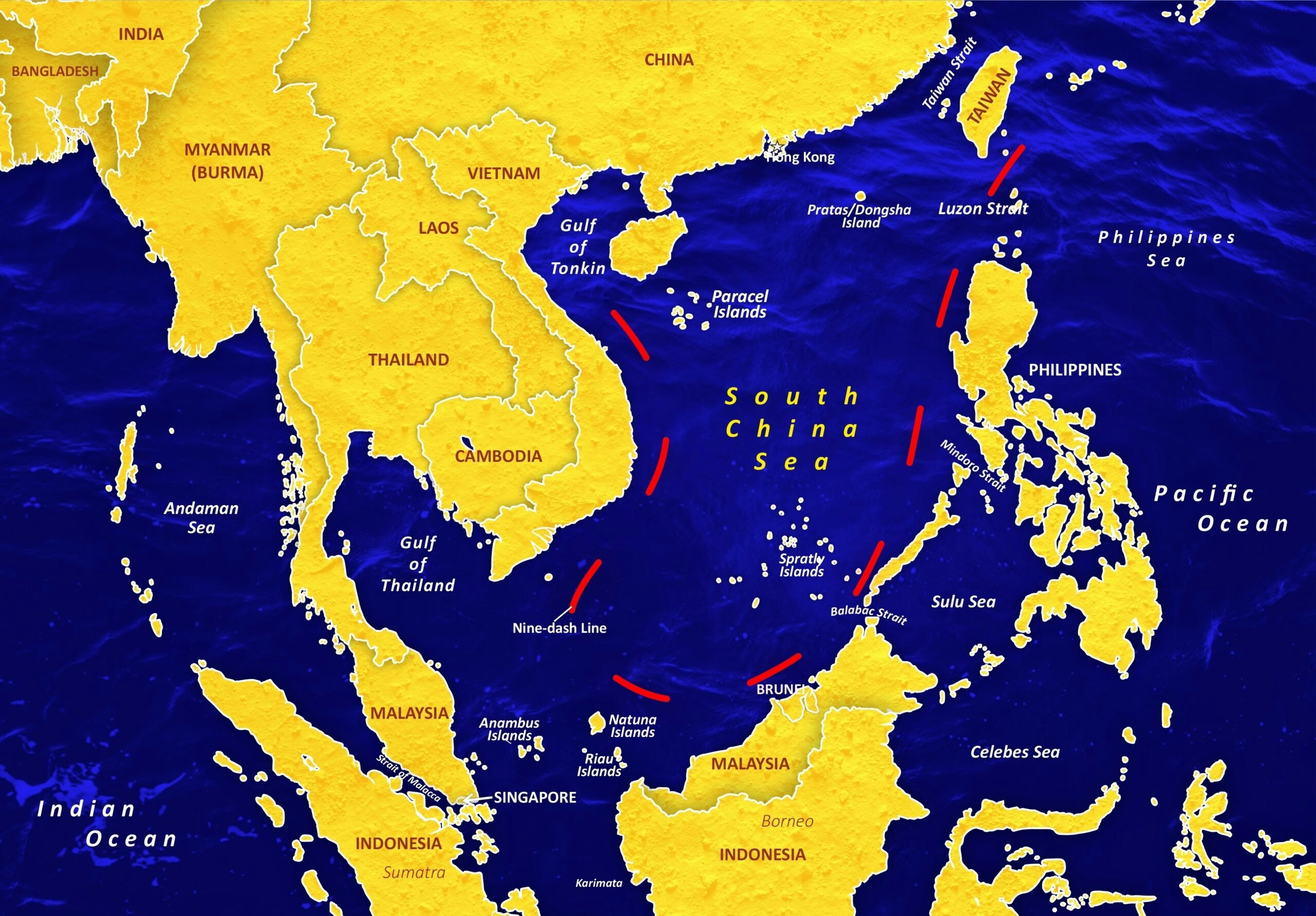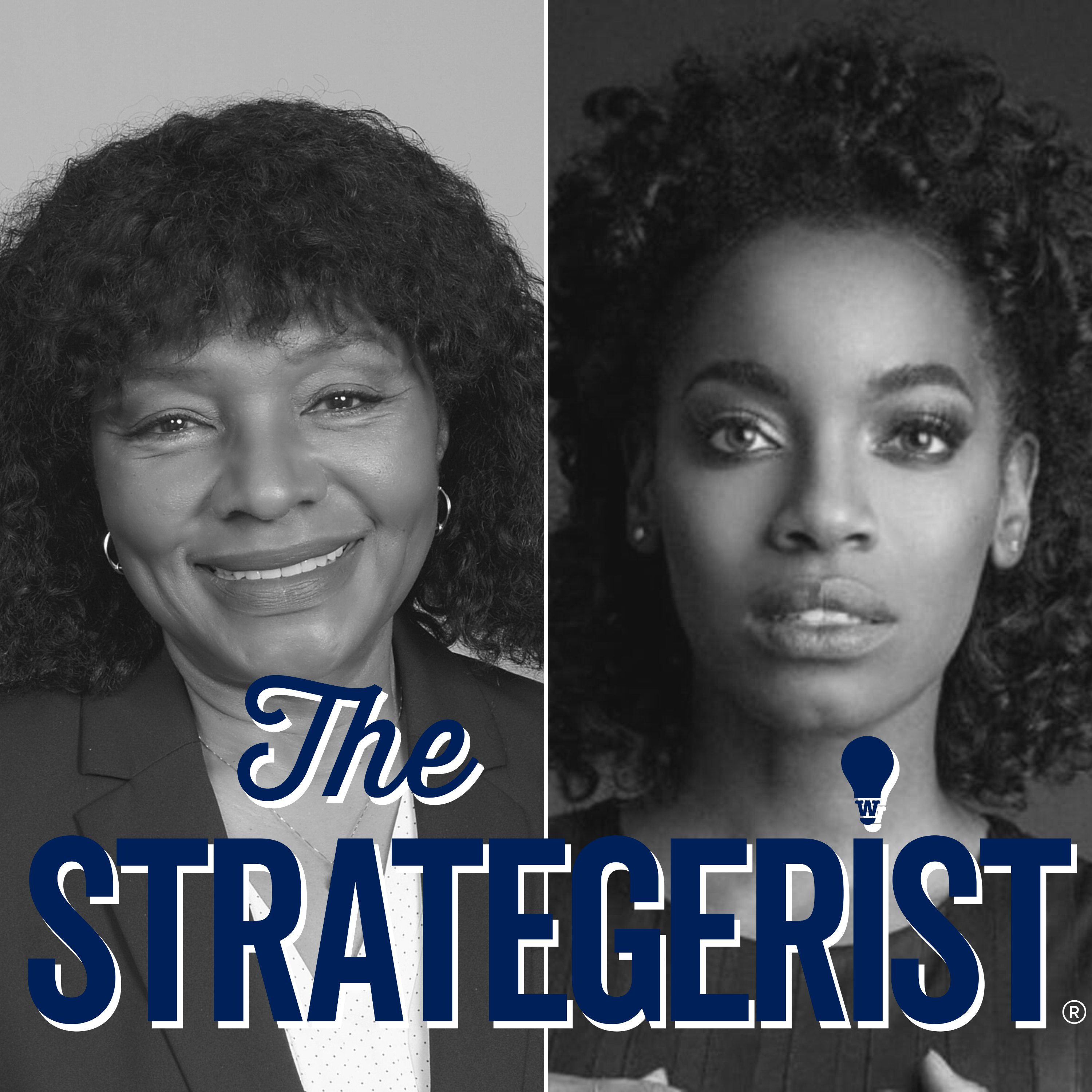There has been a skills gap in America and, historically, many have not looked to our veterans to fill the gaps in the Science, Technology, Engineering, and Mathematics (STEM) fields.
Over the past 20 years we have seen our post-9/11 veteran population continue to prove themselves to be leaders and assets in our nation’s industries, within our workplace, and our communities. They add value through their work ethic and professional expertise, within various trades and skills, and at all levels of responsibility. However, there has been a skills gap in America and, historically, many have not looked to our veterans to fill the gaps in the Science, Technology, Engineering, and Mathematics (STEM) fields.
When I served in the Marine Corps, I worked with some of the most amazing engineer and technology personnel, and I was continuously impressed by how my peers approached challenges and solutions in a unique and effective way. The STEM field is a natural fit for so many veterans across all the services.
Lately, efforts have been made to recruit veterans into these industries through training programs. For example, members of the House Armed Services Committee recently proposed legislation to create a “STEM Corps” in partnership with the defense industry. Steps such as this one provide options to further the STEM Career Act, signed into law in February. Additionally, it not only draws attention to the need to include veterans in STEM, but also allows them to flex the critical skills and leadership attributes that our nation needs, especially in times of crisis.
Veterans transition from military service with varying levels of experience involving training, planning and operating in a national security environment. One of the many benefits of their experience is, the security clearances that these men and women have obtained and maintained, which could aid in a smoother transition to a defense STEM related occupation. These individuals understand and have exercised the meticulous thought-process’ required within these industries, having faced challenging problem sets, analyzed, and narrowed down the best course of action, resulting in successful and impactful outcomes.
Due to current events, the unemployment rate is rising quickly, and of concern is the veteran population. Historically, veterans have been disproportionately more vulnerable to the long-term impacts of unemployment.
However, according to the Student Veterans of America (SVA) 2015 census survey, 83 percent of veterans come out of the military having attended a public two or four-year college. Additionally, these warriors also have several years of leadership and technical experience. Data collected by SVA also shows that when transitioning from military-to-civilian life, 31 percent of veterans will pursue higher education degrees in business, STEM, and health sciences. If given the opportunity, there is no doubt these veterans will lead in these fields across the nation, and for years to come.
As the U.S. will soon prepare to return to work and employers will look to hire again, veterans should be remembered. They are, and have always been, the backbone and heart of America.
In the coming months, we will continue to see changes in industry demands. The health, technology, and national security sectors will need talent. It would be a missed opportunity to not hire the highly skilled veteran population into the STEM industries. These men and women are already leading the way and will continue to bring security and success to our nation.





























